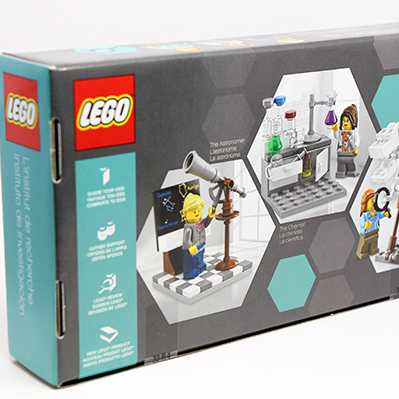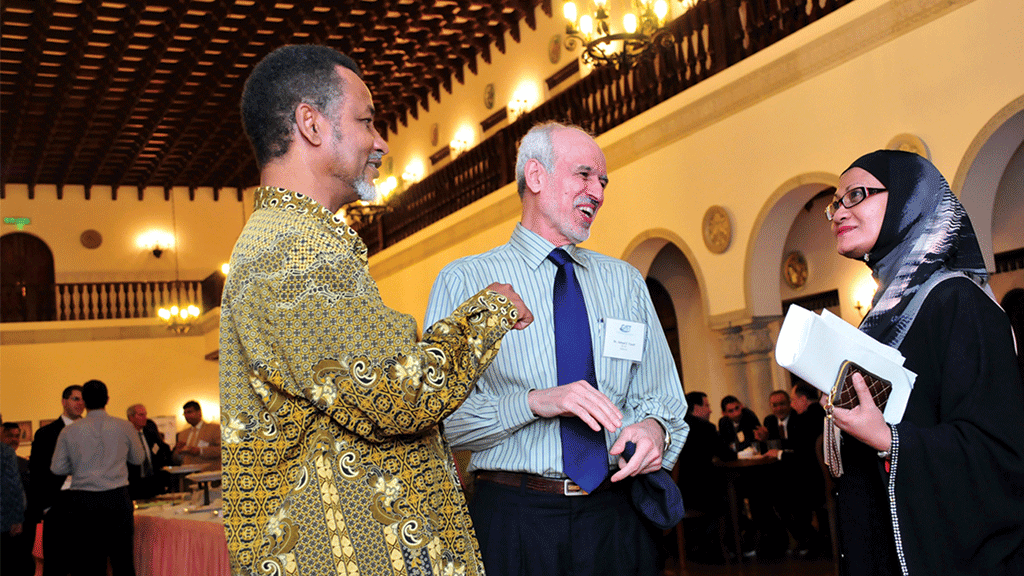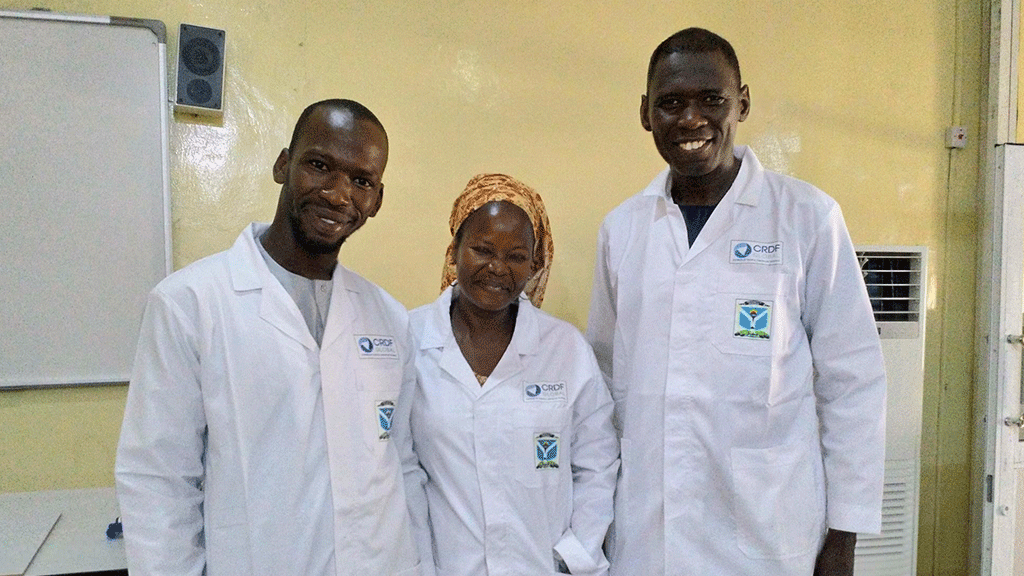Building a Culture of Inclusion for Women in Science – One LEGO at a Time

With LEGO’s recent additions to its women in science line, we may finally be on the right track to creating a culture of inclusion for women in STEM.
I love LEGOs. Before there were Death Star or Harry Potter sets, LEGOs were just colorful blocks that allowed your imagination to run wild—at least until your little brother destroyed your creation. LEGO lost some of its luster when it introduced the “pink line,” designed to attract more girls. (They would have been better off following the Goldieblox model if they were really interested in inspiring the next generation of female engineers.) But LEGO’s most recent additions to its Women in Science line? That is something I can get behind because it serves two functions: it celebrates the achievements of women in science, while also normalizing this for young boys and girls. It gives me hope that the next generation of talented female researchers won’t be overlooked or unnoticed. We still have a long way to go to reach that point, though.
A 2012 UNESCO report, Science, Technology and Gender: An International Report, found that “women are responsible for 60-90% of food production activities in developing countries.” Even at the low estimate, over half of the food production comes from women. When new crops are developed that have a higher yield, it is these women who will test the crops. Yet these same women will also be excluded from the conversations about the impact of the new crops, and how research can most effectively translate into delivery.
At a recent Center for Strategic and International Studies event, Melinda Gates spoke about the importance of women in finding the right solutions for global issues of disease and poverty. However, too many women lack the power or the voice to advocate for the well-being of their families. In every way, we are not hearing the most important voices in the discussion.
Why is this so important for science? Research has shown that collaborations that include women may lead to higher quality science. Gender-heterogeneous teams show higher rates of citations than all-male teams (Campbell, Mehtani, Dozier, & Rinehart, 2013). Additionally, research teams that include women have been shown to have higher “collective intelligence” as a result of women’s ability to read nonverbal cues, and engage in more inclusive discussions (Bear & Woolley, 2011). It isn’t a stretch to think that women collaborating on a modified maize crop will be open to consulting with the users of this crop—60-90% of whom are women—to see how effective this new approach could be.
The World Food Prize recently announced that a focus for this year’s Borlaug Dialogue will be how to get more women into STEM. It is important to have these conversations, but we also need to see action. Funders need to create programs designed for women. For example, if women can’t travel unaccompanied, opportunities need to be available to support their participation anyway. Childcare should be made available so that new mothers can attend conferences. Aspiring STEM students should have the opportunity to be mentored by female researchers. The point is, rather than requiring cultural norms to change to increase women in science, we need to adapt scientific opportunities.
CRDF Global is already taking on some of these tasks—the Robin Copeland Memorial Fellowship is our most notable career development opportunity for women. Women from Indonesia, Pakistan, and Iraq have participated in this one-year program, and we are excited to be offering this opportunity to researchers from Egypt, Mali, and South Africa for the first time. As part of our Women in Science initiative, we are announcing a series of opportunities throughout the year, including our Henrietta H. Fore Women in Science Fellowship—stay tuned for more to come! And if you have any ideas on how to support women’s participation in international science initiatives, we would love to hear from you.



